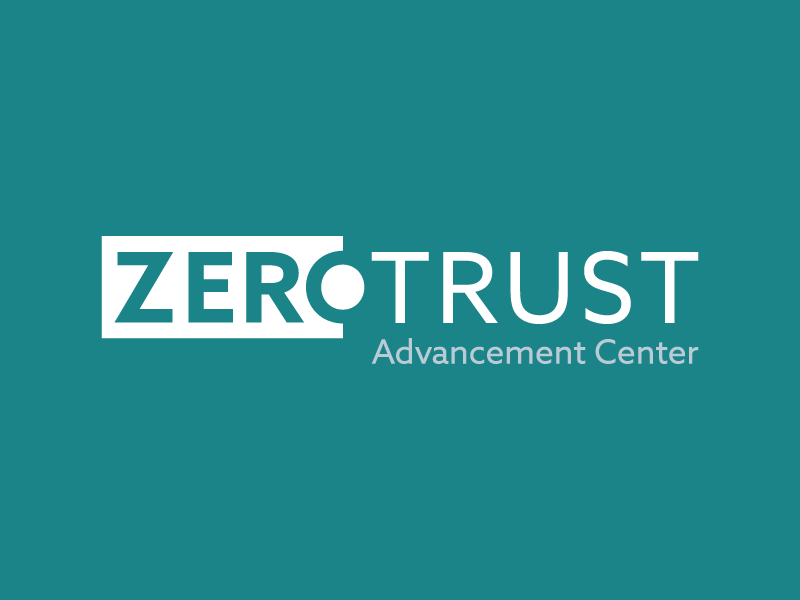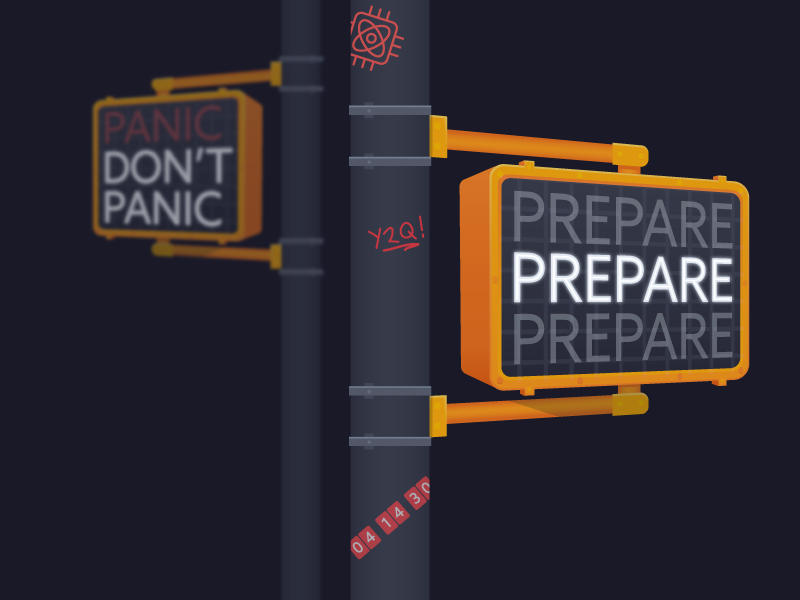How to Mitigate Risks When Your Data is Scattered Across Clouds
Blog Article Published: 04/17/2023
Originally published by Lookout.
Written by Sundaram Lakshmanan, CTO of SASE Products, Lookout.
Cloud applications have opened up limitless opportunities for most organizations. They make it easier for people to collaborate and stay productive, and require a lot less maintenance to deploy, which means they’re much more affordable and easy to scale to your needs.
But for all of their benefits, cloud apps also open up your organization to a host of new risks. By enabling users anywhere access to corporate resources you lose the visibility and control that perimeter-based tools provide. That's on top of the fact that cloud threats evolve quickly and your threat intelligence may not always be up to date.
The answer to mitigating risks when operating in the cloud is to deploy a unified platform composed of solutions that work seamlessly with each other. But this is easier said than done. As you search for the platform that best suits your organization, there are three areas that you should pay a close attention to:
- how it handles misconfigurations;
- if it can consistently enforce policy;
- and if it can provide dynamic zero-trust access
Reign in the misconfigurations created by complexity
One of the great things about cloud apps is their incredible flexibility. You can tailor them to meet your organization's precise needs, including multi-cloud configurations or creating a hybrid operation for both on-premises and cloud apps. But with that flexibility comes one big caveat: misconfigurations.
Misconfigurations were the leading cause of cloud breaches in 2020, according to an IBM Security study and they are the result of the increased complexity that comes with juggling multiple SaaS apps and infrastructure-as-a-service (IaaS) platforms. Creating a consistent configuration across all of them is a must. But even with a robust security team in place, it's nearly impossible to configure your services appropriately when you have dozens of them. As a result, there’s a lot of room for human error which ends up creating unnecessary risks, such as data loss or compliance violations.
To counter those risks, you need centralized visibility into the configurations of all your cloud apps, shared storage buckets, folders, sites, channels and the ability to automatically detect and remediate misconfigurations.
Consolidate your visibility and control for better policy enforcement
In addition to configurations, you also need to streamline how you monitor and enforce policies. With users and data no longer residing inside defined perimeters, you’ve lost the visibility and control you once had with appliance-based products. Even if you’ve deployed cloud-based tools, if they aren’t platform-based you’ll have a hard time seeing the full picture of your security posture and enforcing consistent policies.
With a unified platform, you have a single place to monitor everything happening in your security environment, including the risk postures of your users and endpoints, and how they are interacting with cloud apps and data. You will also be able to write and enforce consistent policies across your entire organization, from unmanaged endpoints to cloud applications and web activities.
Make intelligent zero-trust access decisions to support productivity
Securing the cloud isn’t just about enforcing policies, it’s also about enabling productivity. To achieve this, most organizations have correctly adopted zero-trust principles to ensure that access is provided without exposing sensitive data. But many of the existing tools only provide a rudimentary “accept or deny” approach that looks at passwords and two-factor authentication. As work from anywhere continues to accelerate, this method will hinder productivity and create security gaps.
This is why platform enabled visibility is so important. By continuously monitoring your users and the endpoints they use, you have the data points to make precise access decisions. If a user deviates outside their usual behavior or their device is connected to a risky network, you can decide to provide restricted access, such as view only privileges to certain data.
Your solution should also have integrated capabilities to classify and monitor data. By understanding the sensitivity level of the data a user seeks to access, you can make dynamic decisions that don't necessarily hinder productivity.
Modern security solutions mitigate cloud risks
As you transition into the cloud, it’s critical to have a security solution that is equipped to handle the risks that come along with it. A unified cloud delivered security platform is the solution you are looking for.
To manage multiple clouds securely, a unified solution should be able to automatically detect and mitigate misconfigurations. You should be able to create security policies in a single location, then rely on your security platform to enforce them everywhere.
And crucially, a unified platform should collect extensive telemetry that allows you to make intelligent zero-trust decisions that protect your sensitive data while enabling productivity.
Related Resources



Trending This Week
#1 The 5 SOC 2 Trust Services Criteria Explained
#2 What You Need to Know About the Daixin Team Ransomware Group
#3 Mitigating Security Risks in Retrieval Augmented Generation (RAG) LLM Applications
#4 Cybersecurity 101: 10 Types of Cyber Attacks to Know
#5 Detecting and Mitigating NTLM Relay Attacks Targeting Microsoft Domain Controllers
Related Articles:
Why Business Risk Should be Your Guiding North Star for Remediation
Published: 04/25/2024
How to Prepare Your Workforce to Secure Your Cloud Infrastructure with Zero Trust
Published: 04/24/2024
What’s in a Name? Defining Zero Trust for Leaders
Published: 04/22/2024






